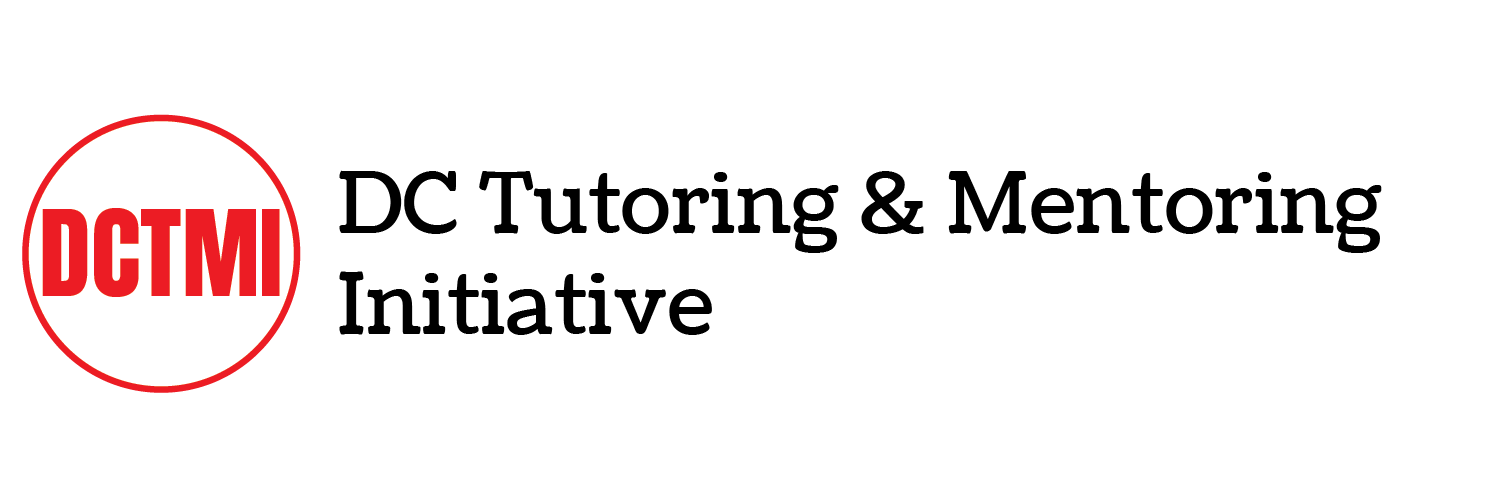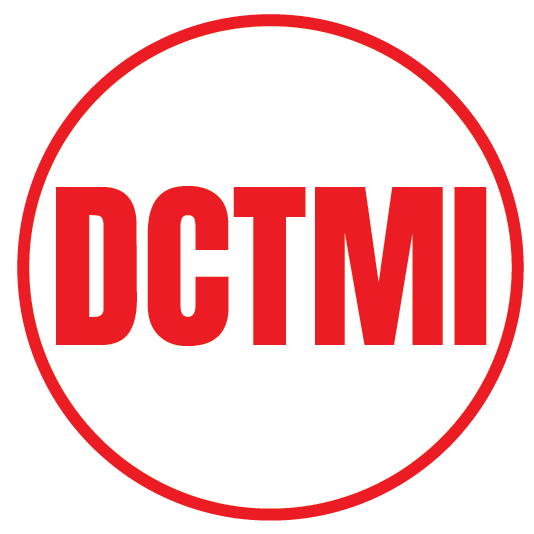Your Vision Matters: Change Your Community. Join Our outreach Team.
There are a variety of ways to support DCTMI’s mission, including administrative work, canvassing, driving volunteers, and more! We have three primary goals in this work:
-
Recruit volunteers for our partner organizations.
-
Educate community members about the need for more tutors and mentors.
-
Highlight the long-term importance of people actively working together to create a community grounded in greater empathy -- not only for students but for all of us. Does this sound good? Complete the form below!
Volunteer vs. paid positions. What’s the difference?
Outreach Volunteer (Unpaid)
Want to get involved and earn community service hours or just want to help build stronger communities? Outreach volunteering is a perfect opportunity for those looking to learn the art and science of canvassing but may not be ready to commit to regular outreach support. Whether you are a retiree, college student, or working professional, we want to welcome you! We need your help at farmers markets and other public spaces. Let’s build stronger communities and a stronger democracy!
As part of the outreach team as a volunteer, you will mainly phonebank and do administrative/communication work with DCTMI on weekday evenings and weekday mornings. You can also partake in short-term projects in different areas like social media, research, partnership development, community events, and more!
Specific qualifications and requirements depend on your involvement, however the following are our standard preferred qualifications:
- Civic-oriented values and a practical, idealistic mindset
- Able to successfully complete DCTMI’s general training, including communication modules
- Strong communication skills & professional language; fluency in English
- Strong attention to detail
- Can pass a background check
- Able to commit to the entire duration of the project/activity discussed
- Qualified to support where needed e.g. if supporting social media, have graphic design or social media management background
Outreach Team Member (Paid)
*not currently reviewing applications.*
The Outreach Support Team Member position is intended to connect with potential volunteers through email, SMS, phone and video calls. You will use effective, personalized one-on-one communication to authentically connect with volunteers and help them think about the next steps they need to take to get involved.
As part of the Outreach Support Team, you will call, text, and email community members who have signed up to volunteer and engage them to the final step of the volunteer process – tutoring and mentoring. You will gain tangible community organizing experience through virtual and face-to-face outreach, and grow in your ability to be a centered, self-aware, kind, and courageous human being and leader. Outstanding applicants will be considered for the next cohort of DCTMI’s Civic Leadership Fellowship.
- This includes phonebanking, emailing, and calling volunteers
- Occasional in-person tabling and canvassing (monthly)
- Other activities that support DCTMI’s volunteer recruitment, including to be on video/social media
- Have a laptop and phone, and be willing to utilize them for work responsibilities
- Administrative experience
- Canvassing or public speaking skills
- Occasional weekend availability to support outreach activities in Washington, D.C.
- Civic-oriented values and a practical, idealistic mindset
- Strong communication skills & professional language; fluency in English
- Strong attention to detail
- Can pass a background check
- Able to commit to a minimum of 13-15 hours a week
- Available during evenings between 5:30pm and 8:30pm
- Available to attend virtual bi-weekly evening meetings
- Weekly check-ins with DCTMI supervisors
- Complete DCTMI training modules
- Status: Hybrid
- Hours: 10-15 hours a week
- Hourly $17.50/hour, with potential for increase upon periodic evaluation
Are you Ready? Complete the Form Below to get started as a volunteer or Team Member
Keep scrolling to learn more about getting involved!
"*" indicates required fields
do you have what it takes to be a dctmi outreach lead?
Here’s what we are looking for in canvassers
If you’ve played basketball, tennis, soccer, or football, you’ve probably had a coach tell you to anticipate what the other player will do and move your feet to get into position. It’s a good parallel to what we are doing:
- APPROACHING PEOPLE: It’s important for people to see that you are about to speak to them. It gives them a sense of safety that you’re not surprising them, which happens if you wait for people to walk by you before you speak. I take a step or two toward them and say in a clear direct voice as I approach them that I’m looking for volunteers. (I approach them at a 45-degree angle.) This puts them at ease that I’m not asking for money or anything crazy!
- CONTINUE THE CONVERSATION: Unless someone stops to chat, you don’t have time to educate people about the need if you don’t walk with them briefly! It takes 10 to 15 seconds to say three sentences that capture the essence of what we are doing and how they can get involved. Walk with them with APPROPRIATE SOCIAL DISTANCE and in a RESPECTFUL and NON-THREATENING WAY is key. “Hi, we’re looking for volunteers. Two out of 3 kids in DC need extra support. If everyone helped out an hour or two a week, it would be a very different world for all of us.”
Civic Leadership Challenge Outreach Teams
We’re looking for practical idealists: people who don’t give in to hopelessness. People who embrace agency grounded in empathy. People who strive for a better world. Together, we can transform the civic culture of DC and beyond.
Last year, we recruited 2,700 volunteer tutors and mentors to help underprivileged DC kids flourish. Let’s double that number in 2023.
- Be a part of a 10-person Community Outreach Team for 8 weeks
- Receive training in community outreach, relational, and other leadership skills
- Spend roughly 3 hours/week on community outreach and training
- Build 1 hour of self-care into your day
- Graduate with a Civic Leadership Certificate upon completing the Challenge
- Challenge yourself to plant hope in our community and our world
In this volunteer opportunity, you will learn the skills to execute civic outreach, practice self-care, and will work with a team to foster a better community.
60,000 children in the District of Columbia need extra support. You can help them get it while boosting your personal and professional growth, while creating a better world for all of us. Learn more about the Civic Leadership Challenge and sign up to be a volunteer for change by using the form below. Questions? Contact info@dctutormentor.org.


